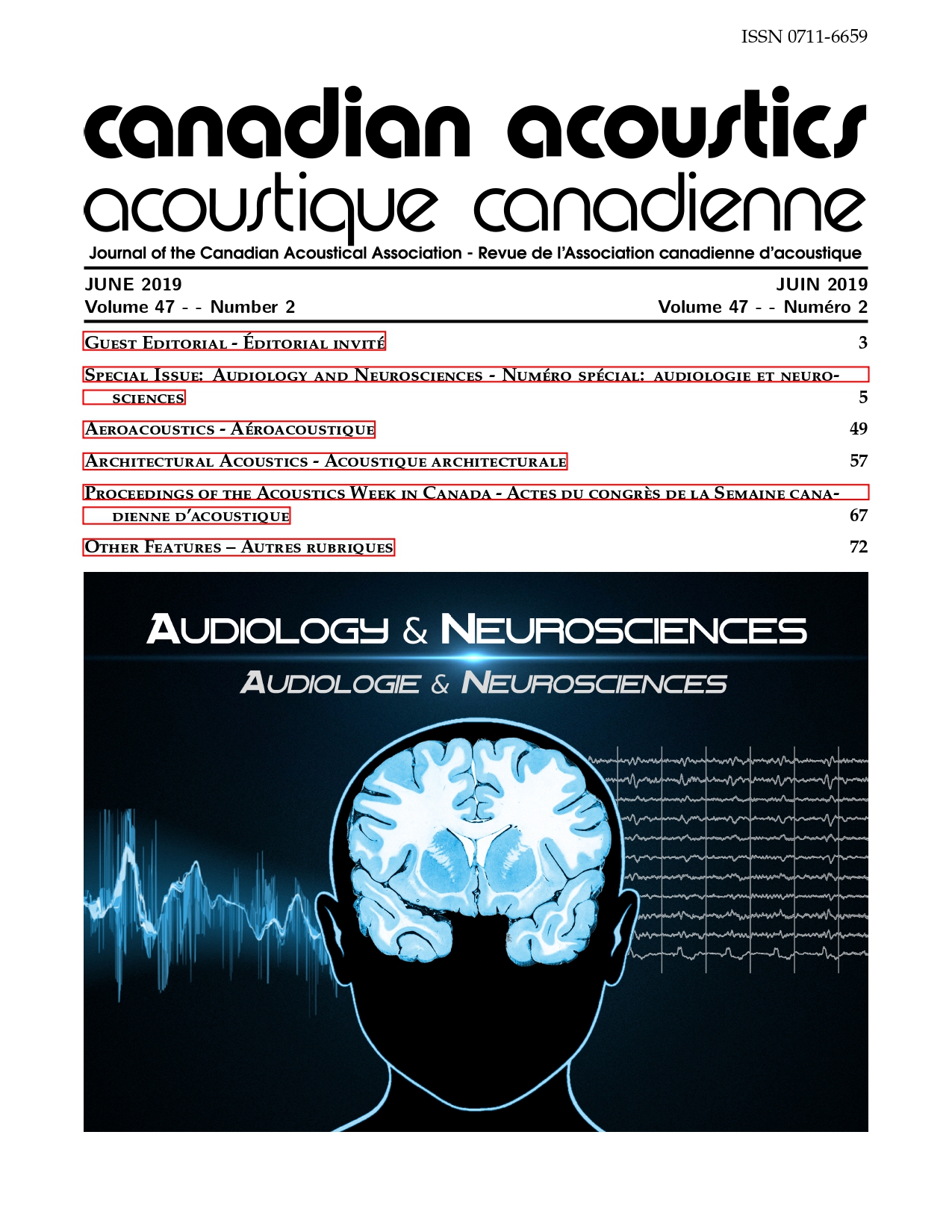Perceiving Prosodic Prominence Via Unnatural Visual Information in Avatar Communication
Keywords:
Avatars, prosody, multimodal perception, prominenceAbstract
Listeners integrate information from simulated faces in multimodal perception [Cohen, & Massaro 1990, Behav. Res. Meth. Instr. Comp. 22(2), 260–263], but not always in the same way as real faces [Keough et al. 2017, Can. Acoust. 45(3):176–177]. This is increasingly relevant with the dramatic increase in avatar communication in virtual spaces [https://www.bloomberg.com/professional/blog/computings-next-big-thing-virtual-world-may-reality-2020/]. Prosody is especially relevant, because compared to segmental speech sounds, the visual factors indicating prosodic prominence (e.g., eyebrow raises and hand gestures) frequently bear no biomechanical relation to the production of acoustic features of prominence, but are nonetheless highly reliable [Krahmer & Swerts 2007, JML 57(3): 396–414], and avatar virtual communication systems may convey prosodic information through unnatural means, e.g., by expressing amplitude via oral aperture (louder sound = larger opening); the present study examines whether this unnatural but reliable indicator of speech amplitude is integrated in prominence perception. We report an experiment describing whether and how perceivers take into account this reliable but unnatural visual information in the detection of prosodic prominence.Published
How to Cite
Issue
Section
License
Author Licensing Addendum
This Licensing Addendum ("Addendum") is entered into between the undersigned Author(s) and Canadian Acoustics journal published by the Canadian Acoustical Association (hereinafter referred to as the "Publisher"). The Author(s) and the Publisher agree as follows:
-
Retained Rights: The Author(s) retain(s) the following rights:
- The right to reproduce, distribute, and publicly display the Work on the Author's personal website or the website of the Author's institution.
- The right to use the Work in the Author's teaching activities and presentations.
- The right to include the Work in a compilation for the Author's personal use, not for sale.
-
Grant of License: The Author(s) grant(s) to the Publisher a worldwide exclusive license to publish, reproduce, distribute, and display the Work in Canadian Acoustics and any other formats and media deemed appropriate by the Publisher.
-
Attribution: The Publisher agrees to include proper attribution to the Author(s) in all publications and reproductions of the Work.
-
No Conflict: This Addendum is intended to be in harmony with, and not in conflict with, the terms and conditions of the original agreement entered into between the Author(s) and the Publisher.
-
Copyright Clause: Copyright on articles is held by the Author(s). The corresponding Author has the right to grant on behalf of all Authors and does grant on behalf of all Authors, a worldwide exclusive license to the Publisher and its licensees in perpetuity, in all forms, formats, and media (whether known now or created in the future), including but not limited to the rights to publish, reproduce, distribute, display, store, translate, create adaptations, reprints, include within collections, and create summaries, extracts, and/or abstracts of the Contribution.


